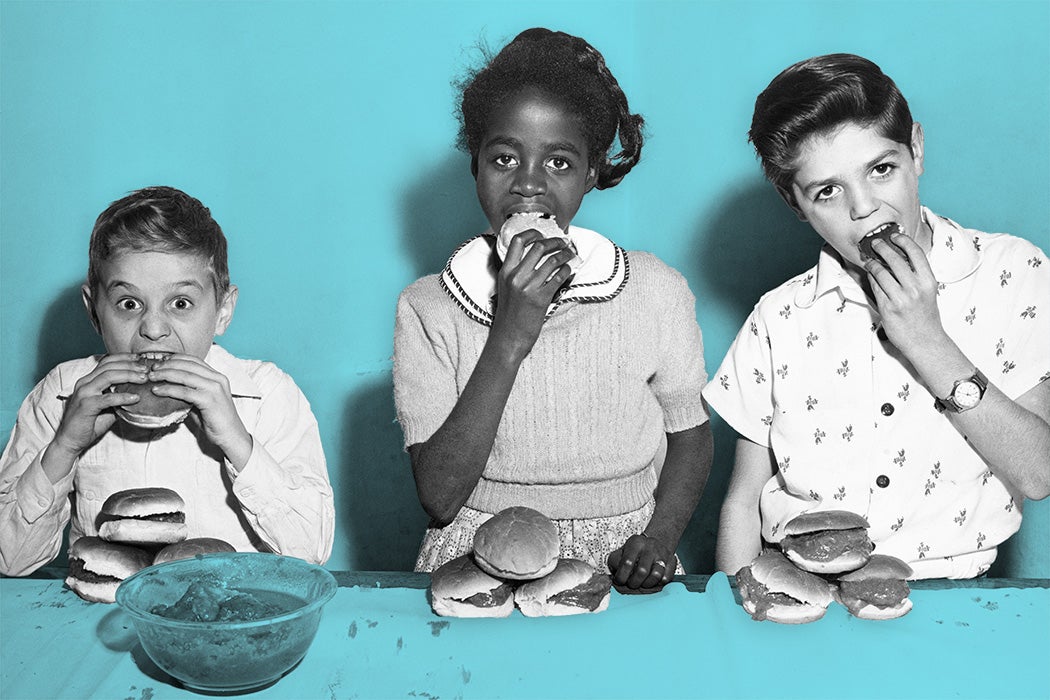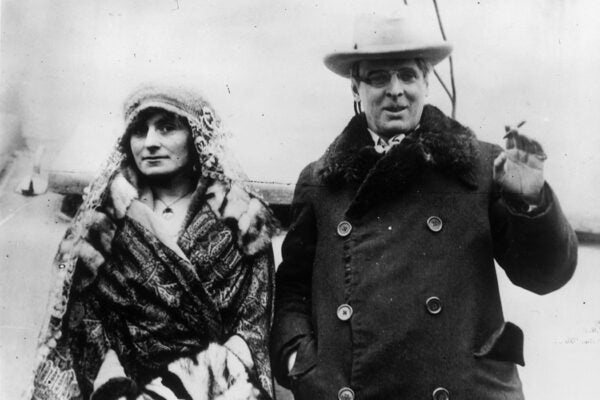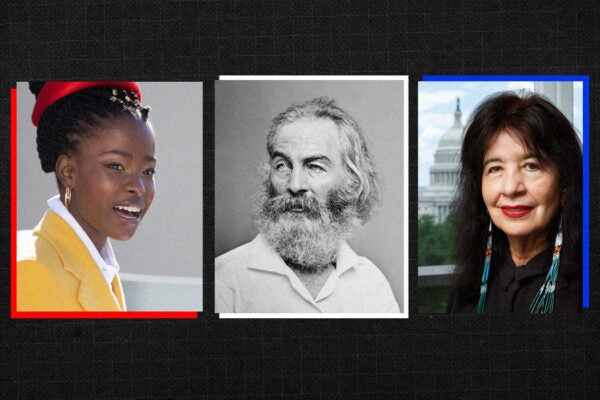For some people, throwing a few hot dogs on the grill is an indispensable part of summer. For others, a few is hardly the beginning. For decades, competitive eaters have relished (ha!) the summer season for the opportunity to eat hot dogs, pies, and other quintessentially American comestibles in previously unimaginable quantities. The famous Nathan’s Hot Dog Eating Contest, held on hot-dog epicenter Coney Island on the Fourth of July, is perhaps the most famous of these. (Rumors of its origins as a patriotic contest in 1916 are, alas, greatly exaggerated.)
But people have been horking down unbelievable quantities of food in search of a crown for quite some time, and it’s not only persistent but popular. After decades of contests at county fairs and entertainment venues, competitive eating exploded in the 1990s with a new level of achievement and notoriety in Japan and the United States. In 1997, the International Federation of Competitive Eating was formed to regulate the competition as a quasi-sport. ESPN routinely broadcasts competitions under the “Major League Eating” banner. Champion Joey Chestnut holds the current record, having thrown down an inexplicable seventy-six hot dogs in ten minutes in 2021. (It perhaps goes without saying that this is not good for you.) Patrick Bertoletti won this year’s Nathan’s contest with fifty-eight hot dogs.
At this volume, it’s perhaps important to state the obvious.
“For competitors,” writes Priscilla Parkhurst Ferguson, “neither appetite nor hunger are motivators.”
Competitive eating is a matter of spectacle, linked to a broader historical universe of stupid human tricks, physical oddities, fairs, sideshows, carnivals, and reality entertainment. Is eating four dozen hot dogs at one go all that different than other extreme sports, where we watch people put themselves through harrowing, dangerous, or incredible circumstances? (This time, at least, the carnage happens mostly on the inside.) Isher-Paul Sahni argues that this crosses over into becoming its own form of legitimized performance art, even, a way of relocating “interconnection among laughter, subversive, irreverence, the grotesque, and the resulting communal bond.” But mostly folks just want to watch (and sell tickets).
The curiosity of extreme eating has existed for centuries. According to the Historia Augusta, a collection of biographies written c. 300–500 CE, Roman imperial contender Clodius Albinus devoured “500 dried figs” as well as “100 Campanian peaches, 10 Ostian melons,” and a raft of Labican grapes and oysters to boot. Nicholas Wood, the so-called “Great Eater of Kent,” was said to consume in a single meal “as much as would well have serv’d and suffic’d thirty men,” including an entire duck, feathers and all. Wood wagered on his appetite, and often won, but being able to eat thirty dozen raw pigeons in a go apparently put a strain on his estate; he died poor in 1630.
By the 1870s, pie-eating contests were common enough to be covered in newspapers, and in true Great Eater of Kent fashion, there were contests involving “bushels” of clams and oysters along with active betting. To be clear, this wasn’t simply an attention-getting pastime. It was regarded as marketable entertainment from the start, and therefore a business for showmen. The Virginia Law Register reported in January 1911 on a court deciding the question, “Are pie-eating contests work?” This would seem frivolous on its face, but the answer had meaningful substance for labor law.
As recorded in the Juvenile Court of the District of Columbia and reported by the journal,
The manager of a five-cent theatre was prosecuted in that court for inducing four negro boys under the age of 14 years to engage in a pie-eating contest on the stage of his theatre for a prize of 25 cents to the boy who finished first. The Court held that this was a violation of the Child Labor law, which requires a permit for the participation of children in a theatrical performance. The manager paid $5 fine. He also paid for the pies.
Would that the summary carried more details—How were the boys recruited? Was their race as important for the spectators as it was for the court?—but the bulletin simply confirms that “a pie-eating contest is a theatrical performance. Also, it is labor to eat pie, regardless of the kind of quality.”
What does excessive consumption say against the values of a particular era or culture? Overeating can signal any type of value or status in a given time: on the one hand, it can signal wealth and leisure, limited to elite classes. In another situation, conspicuous consumption could be read as “a logical, and perfectly rational, reaction to pervasive food insecurity,” writes Ferguson. Perhaps most of all, people enjoy embracing weird and attention-getting entertainment in difficult times, the higher the stakes the better. We’re not just people who’ve put out hundreds of hot dogs on a flag-shaped platter and rang the dinner bell on television. We are a nation of people who, historically, have put anything to a contest in the name of amusement and escapism—chickens, children, marathon dancing, eating, whatever.
In American media-based competition, at least, overeating is an outlandish spectacle meant to distract viewers and celebrate unnatural participants, and its appeal cuts across classes. Ferguson notes that “overeating is fundamentally transgressive,” though all the fanfare disguises this fact underneath fist-pumping.
Weekly Newsletter
“Abundance and consumerism, the two central aspects of competitive eating, are after all, also hallmarks of American culture writ large,” she writes. In a hot-dog or pie-eating contest, competitors detach ideas of athleticism and achievement from physical fitness, and, in the immortal words of Danny DeVito, “get real weird with it.”
In the end, eaters “are rewarded for behavior that ‘civilized society’ reproves, while spectators have all the pleasures of misbehavior without any of the consequences. At its most elemental, competitive eating is a food fight,” Ferguson writes.







